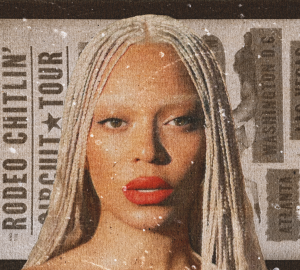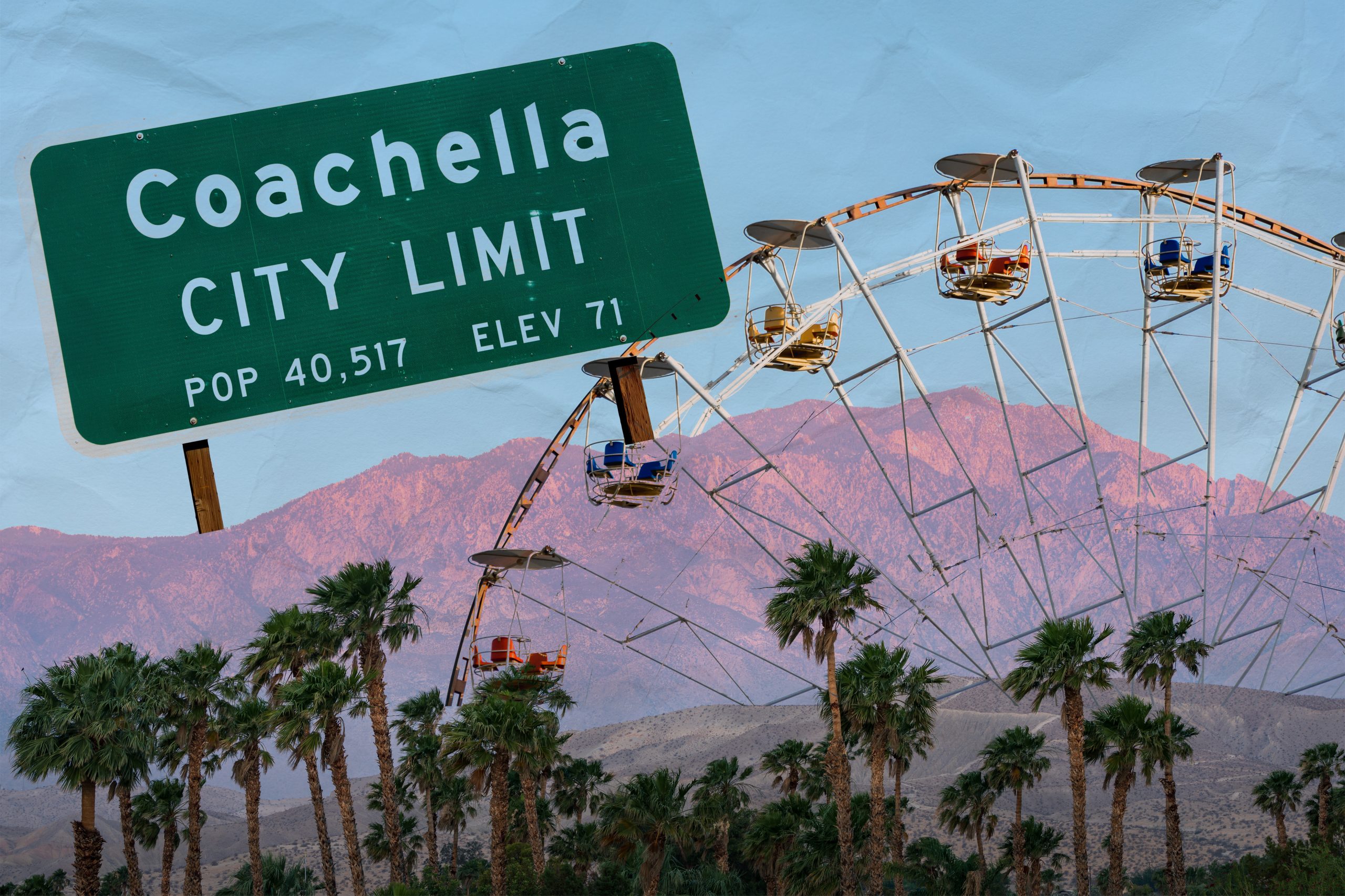
We’ve all seen it: Influencers running up and down the California desert with their shiny, colorful outfits, enjoying their stays at big houses paid for by brands, listening to artists headlining for one of the biggest events in the United States. Coachella is now regarded as another influencer event. That is not to say it’s any less legit as a music event, but multiple artists have begun to be mainstream by being invited to Coachella.
But taking into consideration the expensive tickets that regular citizens can’t pay for, its overpriced food and stay allocations, as well as the fashion expectation for the guests, it makes one wonder, what was Coachella before influencers?
History of Coachella
According to Deseret News, Coachella was created by Paul Tollett and Rick Van Santen and by 1999 it debuted its first event. The idea for Coachella was affordability and a healthy community. It was meant to be a response to Woodstock. However, during the first event, they realized how much money they were losing. Tickets were $50 and parking was free. However, the founders were ambitious and wanted to book numerous artists to perform, which resulted in a loss of revenue. Coachella’s first year was a failure to the point where the festival skipped the following year.
The essence of Coachella during its beginning was indie and community-based. Most (if not all) of its artists were alternative rock and shied away from mainstream media. The kind of people this event would attract is miles away from the event’s current crowds. It is certainly a big jump from today’s Coachella with its $25 pizza slices.
But as time goes on, the more people this festival will attract. It quickly became a multi-day event. Within a few years, it had its first headliner, Radiohead, which was a clear sign of the festival’s growing popularity. What was once a humble community-based event in the middle of nowhere, began to add more genres of music to attract bigger crowds of people.
Yet, perhaps the most pivotal point for Coachella has been the spread of the internet and social media.
Coachella and Social Media
As Coachella grew bigger and expanded to attract all sorts of people, celebrities began to sneak in. Many would agree that a celebrity who had a huge impact on this festival is Vanessa Hudgens. Most people have nominated her as the “Queen of Coachella” due to her unique stylish looks that, in a way, set the tone for Coachella to become a fashion event as well. This is not without saying that a lot of the fashion revolving around Coachella at the time would take elements of Asian and Native cultures for the sake of “aesthetics.”
According to Buzzfeed, Vanessa Hudgens’ first Coachella was in 2010. The decade of 2010 to 2020 is when the festival saw the most change in such a short time frame. At this time, social media apps were starting to be used worldwide, and people would share pictures of their looks in hopes of getting attention and numerous likes. But during this time, the average person was subject to the idolization of celebrity culture.
Coachella, all of a sudden, was in the middle of the public eye. Other celebrities began to follow in Vanessa Hudgens’ example, most notably the Jenners, Selena Gomez, and Hailey Bieber. It also helped that these influential celebrities were all young adults who seemed to want nothing more than to party.
Coachella and Influencers
Everything that celebrities do, influencers will follow — or at least attempt to. At the end of the 2010s, influencer culture began to rise. With apps such as Vine, Musically, and Instagram, everyday people had the opportunity to grow a fanbase at the tip of their fingers. A lot of notable figures of this time were Lele Pons, Alisha Marie, MyLifeAsEva, and Loren Grey, amongst others. Different from celebrities, these personas were not uploading a couple of Snapchat or Instagram pictures. These influencers were vlogging, collaborating, and making this event a business opportunity.
Brands were quick to see the gold mine and they began to take influencers to Coachella through brand trips. Revolve is the brand most people accredit to this new era. Coachella presented an opportunity for brands to connect with younger, edgier audiences. But it wouldn’t be long before Coachella began to lose its edge.
Despite what most of the public believes, influencers don’t necessarily hurt Coachella. Perhaps in principle, yes. Since the arrival of influencer culture, the original idea of Coachella being an edgy, affordable, safe space for rock and indie music lovers, is no more than a memory. But influencers bring the big bucks, and brands pay thousands of dollars to invite a selected group of influencers.
Looking at this dynamic from a distance, it is very similar to the process for the MET Gala. A brand (or in the MET’s case, a fashion house) buys a given amount of tickets, gives them away to people of importance (in the MET Gala’s case, whoever is invited by Anna Wintour), and whoever attends the event representing the brand will showcase the work in a way that the public will enjoy.
Most of Coachella’s current issues — according to the masses — are how superficial it has become. This year’s Coachella seemed to have been visually dry in all the TikTok videos that were uploaded of it. When people begin to attend an event for the sake of fashion, content creation, and prestige, it seems as if the music and the goal of building community are thrown on the back burner.
Coachella is Not Aging Well
2020 was a year that marked a sociocultural difference in the United States. Not only did we have a massive pandemic around the world, but influencer and celebrity culture began to diminish in importance to the public. Thanks to apps such as TikTok, which exposes us to content from people we do not follow, this generation of young people has been able to connect in a way that has never been seen before, not even through Instagram. The connection also creates empathy, and many of the catastrophes in the world are being recorded and uploaded to a platform.
This has desensitized most young people, to the point that learning what a richer person is having for lunch or wearing for an event doesn’t seem as relevant as it was in the 2010s. Given the current economic climate, the general public does not want to keep tabs on what richer people are up to. Apps, such as Instagram, X (formerly known as Twitter), and Snapchat, where celebrities and influencers typically thrive, have been losing popularity. It has not helped that many attendees have come forward to express their negative experiences at the event.
What was once a fun, one-day festival for mainstream outcasts to come together and enjoy music has now become a mini MET Gala for influencers to attend (or pretend to attend). As years pass, the average person is further away from being able to attend Coachella, and more brands seek breakthrough ways to sponsor influencers and celebrities into going. The result of this is crowds that don’t seem to enjoy the music, overpriced food vendors, and a sense of individualism during this weekend-long event.


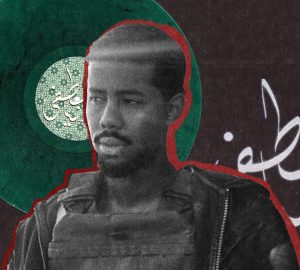
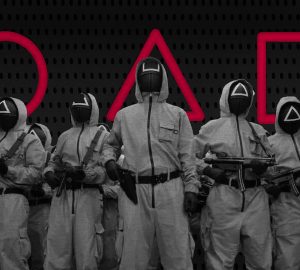

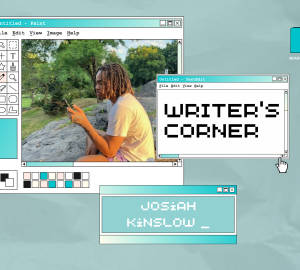
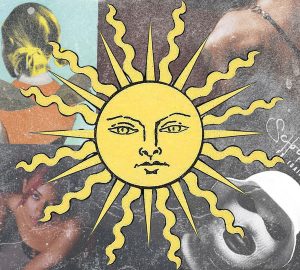
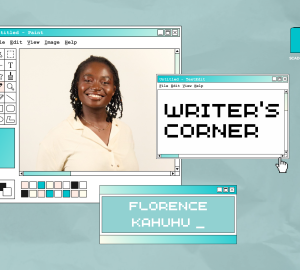
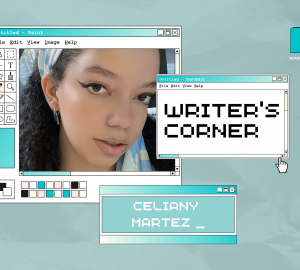
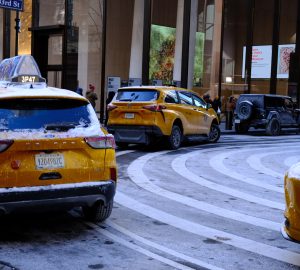
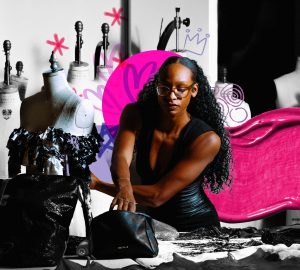
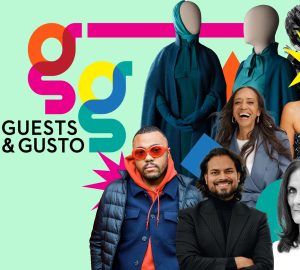
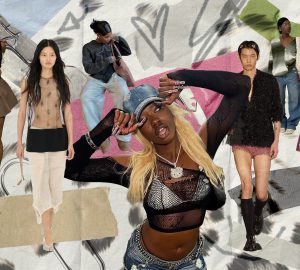


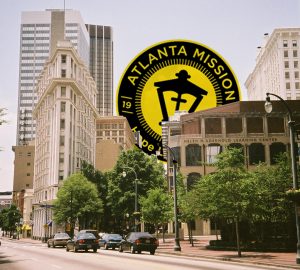
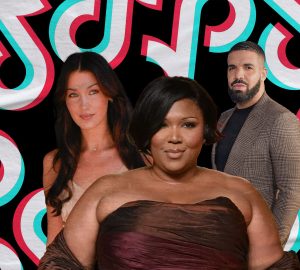
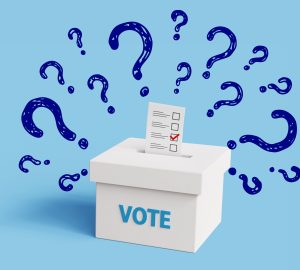

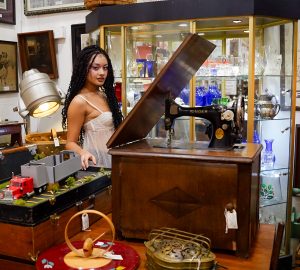





 Kenny
Kenny